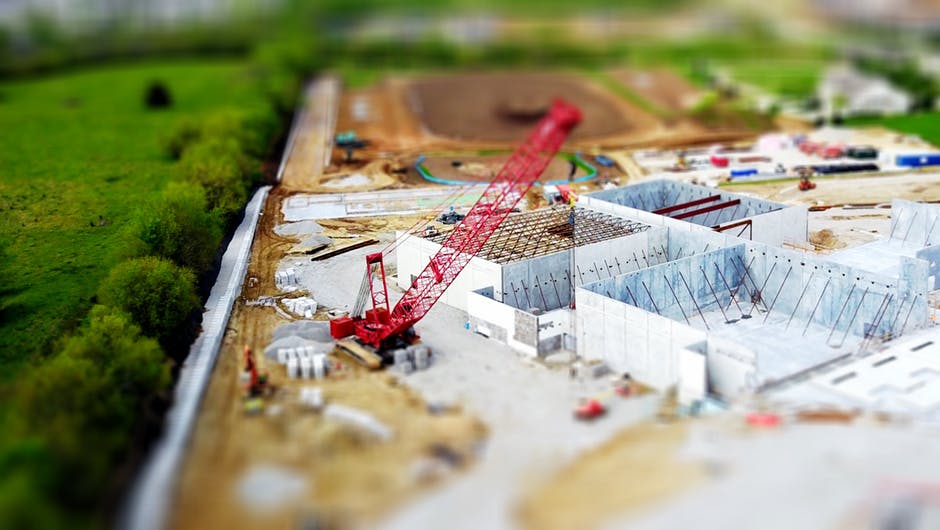The construction industry hasn’t felt much pain from the pandemic, especially compared to the brutal impact on retail and restaurants.
Actually, the industry saw large gains in 2020, with total spending surpassing $1.4 trillion in the US alone, according to a new report released in March from Oxford Economics, which only releases their full reports to paid subscribers. That’s a 4.7 percent increase from construction spending in 2019.
The sector is growing not only in the US, but globally, fueled by constant growth of urbanization in China and developing countries. An earlier report, also from Oxford Economics, concluded that construction worldwide will grow by 35 percent by 2030, reaching a total value of $5.8 trillion.
Those predictions were based on a rollout of vaccines in 2021, and a reopening of the economy without additional lockdowns. Thus far, it looks like those provisos were accurate.
While the construction industry will do very well in coming years, that doesn’t mean it won’t be changing as a result of larger societal changes caused by the pandemic. That’s according to Tom Jakobek, President of Canadian development and construction strategy firm, KBNJ Consulting, Inc.
In fact, seemingly innocuous changes, like increased online shopping and home deliveries, and the shift to work and school taking place virtually over Zoom — these all have impacts on the future of the construction industry.
Signs are good overall, but some parts of the construction industry are set to grow more than others, Tom Jakobek said.
While investment in office buildings and amusement parks dipped, for obvious reasons, residential building increased by 11 percent in 2020, and was the primary source of growth in the US, according to the Oxford Economics report.
Construction of hotels and other lodging could see a strong recovery in 2022, the report said, and infrastructure building should grow by nearly 5 percent in the next five years.
US President Joe Biden plans to invest in “green” infrastructure projects like retrofitting power plants, and building more charging stations for electric vehicles.
While there’s going to be less construction of new retail stores or restaurants, commercial construction will still remain strong thanks to the increase of online shopping, Jakobek said.
There’s increased need for more warehouses and more distribution centers for eCommerce giants like Amazon. A report out this month from Adobe Analytics looked at online shopping habits and purchasing power over the last year, concluding that “the pandemic has permanently reshaped eCommerce.”
The report expects 2022 to be the first trillion-dollar-year for eCommerce, and that will directly impact the construction industry.
“As the industry continues to show that it’s resilient to the pandemic, political leaders are also seeing the value of keeping it alive and well, especially here in Canada,” Jakobek said.
The Ontario government just included “construction including infrastructure” to the second group of essential workers for phase two of Ontario’s COVID-19 vaccination rollout.
According to an Ontario General Contractors Association (OGCA) bulletin, “this means all construction workers will have access to the vaccine, when available, a month earlier than the general public.”
The OGCA sent a letter to the Ontario COVID-19 Vaccine Taskforce on March 23 requesting that construction workers be included in phase two. The request was approved the following day.
“Construction employers believe that the same priority level should be given to those that confront potential exposure every day,” the OGCA said in the letter. “This includes grocery store workers, pharmacy workers and other frontline ‘essential workers.’ This priority position for construction workers is appropriate for the risk of exposure to the virus they face going to work every day and recognizes their work keeping our economy afloat during the pandemic.”
That is one of many positive signs that leaders want to ensure the continued success of the industry, Jakobek said.
“Clearly, the future for construction — in Canada and the rest of the world — looks very bright,” he said.
Related Posts












